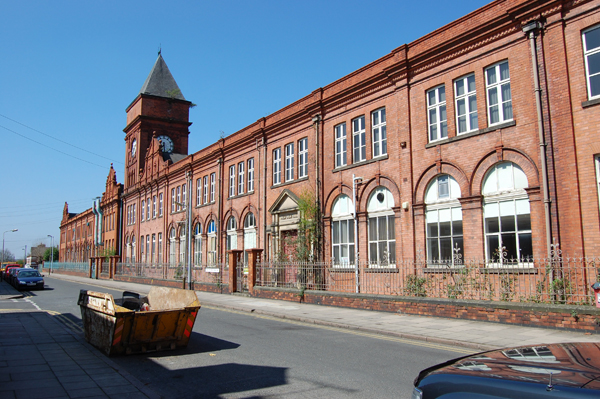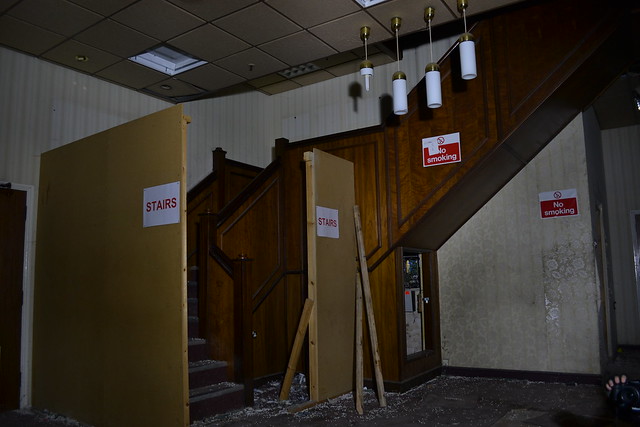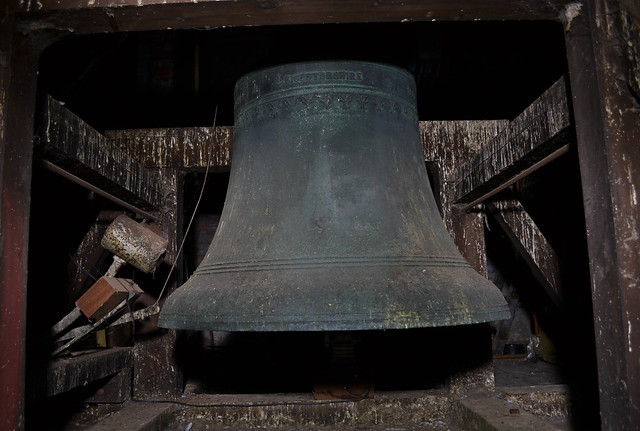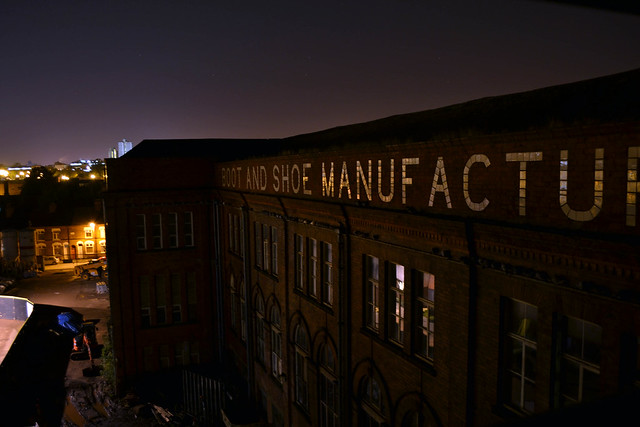Boots and shoes were already a staple item in Co-operative stores, and in 1872 CWS established a separate footwear buying department to supply them. In addition, in 1873 CWS opened its second factory, which began producing boots and shoes at its works in Duns Lane, Leicester. By November 1873 there were 100 employees working there. CWS footwear production expanded quickly and in 1891 it opened an additional works in Leicester ‘Wheatsheaf Works’, named after the CWS trademark symbol. It was extended in 1900 and was once the largest footwear factory in the world.
In later years the original building was used by the co-op footwear retailer 'Shoefayre', with the upper floors being used as offices for various Leicester/Midlands Co-op departments. I can't find much info on when they moved out, but the remaining notices and calendars upstairs were from 1997. Today houses have been built on the site of the singe storey extension, while the rest of the buildings are undergoing conversion to houses and flats. The buildings have suffered more recently at the hands of pikeys and airsofters, going downhill pretty quickly over the past few years.
Visited on various occasions with jacquesj, MD, Mr Carrot, Dangerous Dann, waynezbitz1 & Boothy.

















In later years the original building was used by the co-op footwear retailer 'Shoefayre', with the upper floors being used as offices for various Leicester/Midlands Co-op departments. I can't find much info on when they moved out, but the remaining notices and calendars upstairs were from 1997. Today houses have been built on the site of the singe storey extension, while the rest of the buildings are undergoing conversion to houses and flats. The buildings have suffered more recently at the hands of pikeys and airsofters, going downhill pretty quickly over the past few years.
Visited on various occasions with jacquesj, MD, Mr Carrot, Dangerous Dann, waynezbitz1 & Boothy.




























































